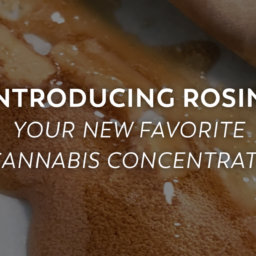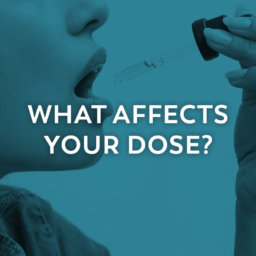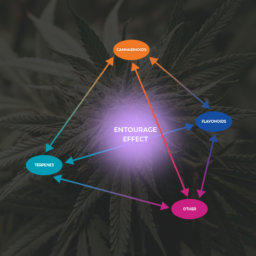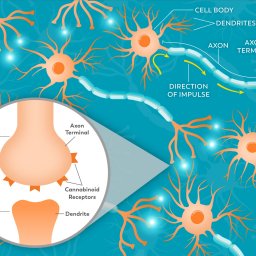What’s in a delivery method?
Delivery method is an important factor in cannabis dosing. Your lungs will process cannabinoids differently than your digestive tract which will process them differently than your skin will. Each route of consumption sends cannabinoids through different absorption and elimination pathways, each of which contributes to different concentrations of them in the bloodstream (and thus their efficacy).
Settling on a route of administration means finding a method that works for your body. Here we’ve broken down the different methods by system in order to discuss how they work, and what that means for patients. We recommend speaking with your doctor about any methods you are considering, and experimenting to find what works best for your condition and lifestyle.
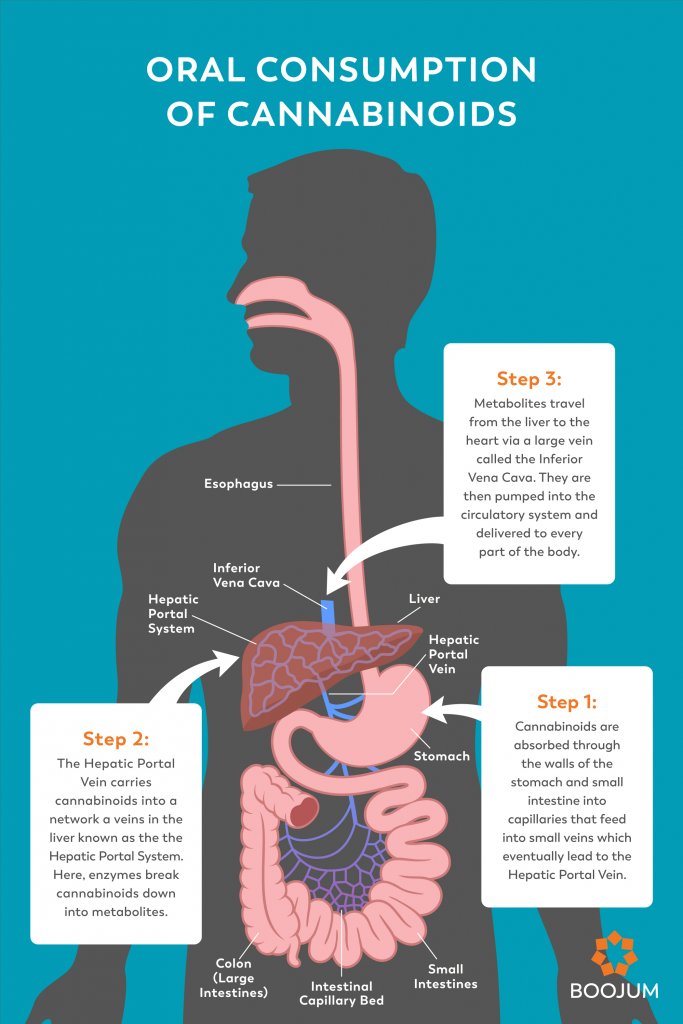
Digestive System
In the Digestive System, cannabinoids are absorbed by the stomach and intestines, then are sent to the liver to be metabolized. Metabolites enter the circulatory system from there via the vena cava vein.
Oral Consumption: When you swallow something, it must undergo “first-pass metabolism”, meaning it is metabolized by the liver before entering circulation. Taking CBD or THC orally in the form of drops, gummies, capsules, etc. is one of the most popular ways to ingest cannabinoids, but it greatly decreases the amount that makes it into circulation. The stomach isn’t a very hospitable place, and many cannabinoids are destroyed by digestive acid before they can be absorbed. Cannabinoids that do make it through the stomach are absorbed through the intestinal walls and must travel to the liver through the portal vein. Once there, liver enzymes break down those cannabinoids into metabolites. This is called first-pass metabolism.
Metabolites are the fragments resulting from this enzymatic breakdown, and often have properties very different from the original molecules. THC metabolites are the subject of drug tests, and one (11-hydroxy-THC) is even considered to be more potent than the cannabinoid itself. As with THC, individuals all react to 11-hydroxy-THC differently. Many experience it as much more potent than THC itself, but some people don’t get a psychoactive effect from it at all.
CBD metabolites have not been shown to have a similarly strong effect, but research is needed to understand them better. After all is said and done, CBD taken orally is thought to have a bioavailability of 6—19%, but may have the advantage of a longer duration, with blood CBD levels peaking 1.5—3 hours after ingestion. Animal studies have also shown that oral ingestion of CBD leads to higher levels of CBD in the brain than does inhalation.
Pulmonary System
In the Pulmonary System, cannabinoids are inhaled into the lungs, where they enter the circulatory system through the capillaries. Once in the bloodstream, they go directly to the heart, where they are immediately pumped to the rest of the body.
Inhalation: When cannabinoids are inhaled, they do not go through the digestive tract and the liver, and so do not go through first-pass metabolism. Instead, they head for the lungs. Here, they diffuse through the alveoli, which are small air sacs surrounded by nets of capillaries, where blood cells exchange the carbon dioxide we breathe out for the oxygen we breathe in. This allows the cannabinoids to go directly into the bloodstream—upping their bioavailability to around 31%. In addition to providing higher bioavailability than orally ingested cannabinoids, inhalation also has a much quicker onset. Cannabinoids can diffuse into the capillaries of the bloodstream as soon as they hit the lungs, rather than having to navigate the digestive system first.
There are various methods of inhalation, including smoking, vaping, and nebulizing. With smoking, there are combustion by-products that may harm the lungs. Vaping, which does not have those by-products, is a safer option, provided you know what’s in your cartridge. In vaping, CBD and other cannabinoids are atomized by a heating element, and the subsequent vapor is inhaled. Nebulizers are a third route of inhalation, though they are still relatively uncommon outside of clinical settings. Nebulizers emit a fine mist, and are the safest form of inhalation—they can be used even with sensitive or damaged lungs. All three modes of inhalation have similar bioavailability.
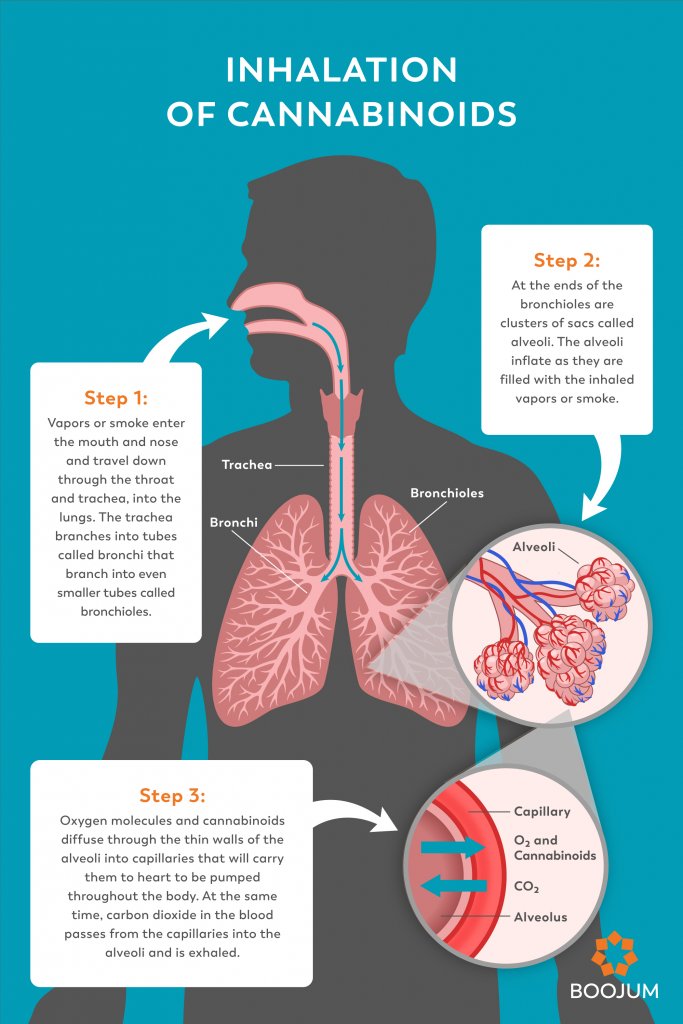
Epithelial Absorption
The epithelium is a type of cell that covers all surfaces in the body, with layers in skin, mucous membranes, and other linings. In the integumentary system (which consists of skin, hair, nails, and glands) and mucous membranes, cannabinoids are absorbed through the top epithelial layer of cells. From there, they may act on the underlying cells, or if they are absorbed more deeply, they may enter the circulatory system.
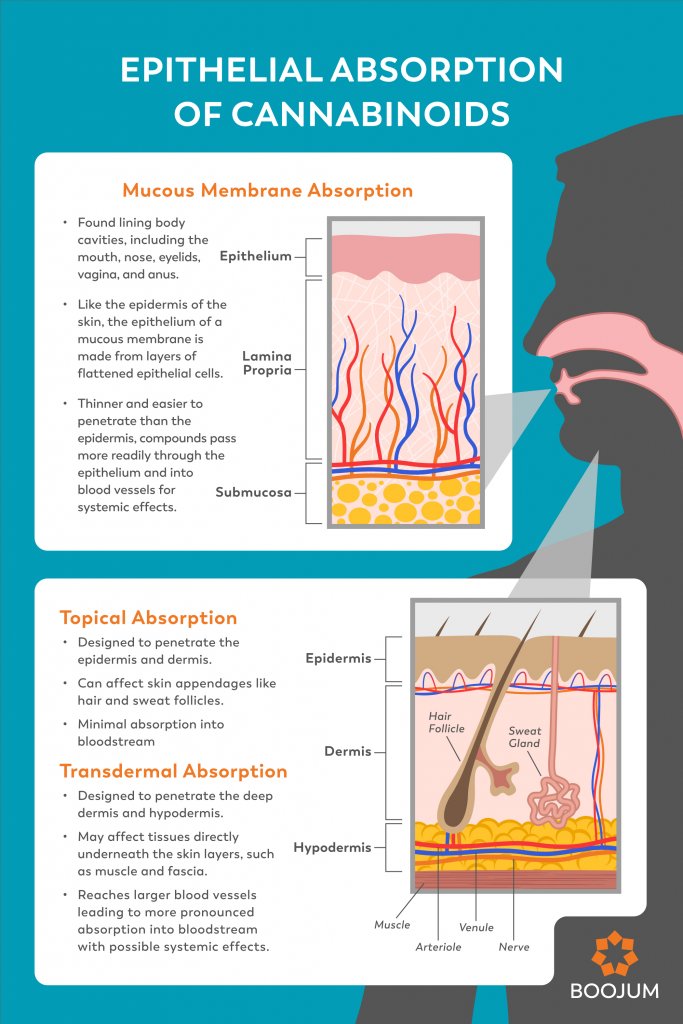
Mucous Membrane Absorption: The most effective place for cannabinoids to enter the body through the integumentary system is through a mucous membrane. Mucous membranes can be found in the mouth, nose, vagina, and anus, and are places where the epithelium is particularly thin, and without the keratinized outer skin. Like with inhalation, mucous membrane absorption, including nasal and oral sprays, sublingual application, or suppositories, can bypass the digestive system altogether. Here, they easily slip through the thinner epithelium, and diffuse into the lamina propria—a layer replete with blood vessels. Together, the epithelium and the lamina propria make up the mucosa, and it, along with the underlying submucosa, are prime places for cannabinoids and other medication to join the bloodstream for systemic transmission.
With most commercial products, cannabinoids diffuse into the bloodstream by absorbing into the inside of the mouth and nose. Sublingual drops are placed under the tongue, where they are absorbed in this manner. Oral and nasal sprays work similarly, with cannabinoids absorbing into the inside lining of the mouth and nose, rather than being swallowed and entering the digestive system.
Pro tip: If you want to be able to experiment with different THC delivery methods, ask your doctor or QMP to write that “all routes of administration” are allowed. Otherwise your prescription may limit what you can try.
Transdermal vs Topical: CBD can also be administered through the integumentary system transdermally or topically. Those two words are often used interchangeably, but have different connotations. Transdermal means to go through the skin, and refers to the ability of the substance to penetrate the dermal layer and enter the bloodstream. Cannabinoids’ hydrophobic properties show up again and again as a hurdle to bioavailability in the more water-soluble world of the human body. The fat-soluble cannabinoids have trouble crossing the dermal barrier. If it can achieve this (usually with help from ethanol or other carriers), application through the skin tends to be slow, but constant.
In topical administration, CBD is also applied to the skin; however, the intent is not necessarily for the cannabinoids to reach the bloodstream, but rather to act on the skin and the structures within it. The skin is the largest organ of the human body, and is full of endocannabinoid receptors regulating pain, inflammation, and immunity, among other things. Topicals are often intended to condition skin and target specific areas of pain or inflammation in the skin and tissue, as opposed to entering the bloodstream ad circulating within the whole body.
Every patient is different, and finding a delivery method that works with individual chemistry, conditions, and goals, is fundamental to a good cannabis experience. Talk to your doctor about what methods you’d like to try, experiment, and always remember, start low and go slow!



